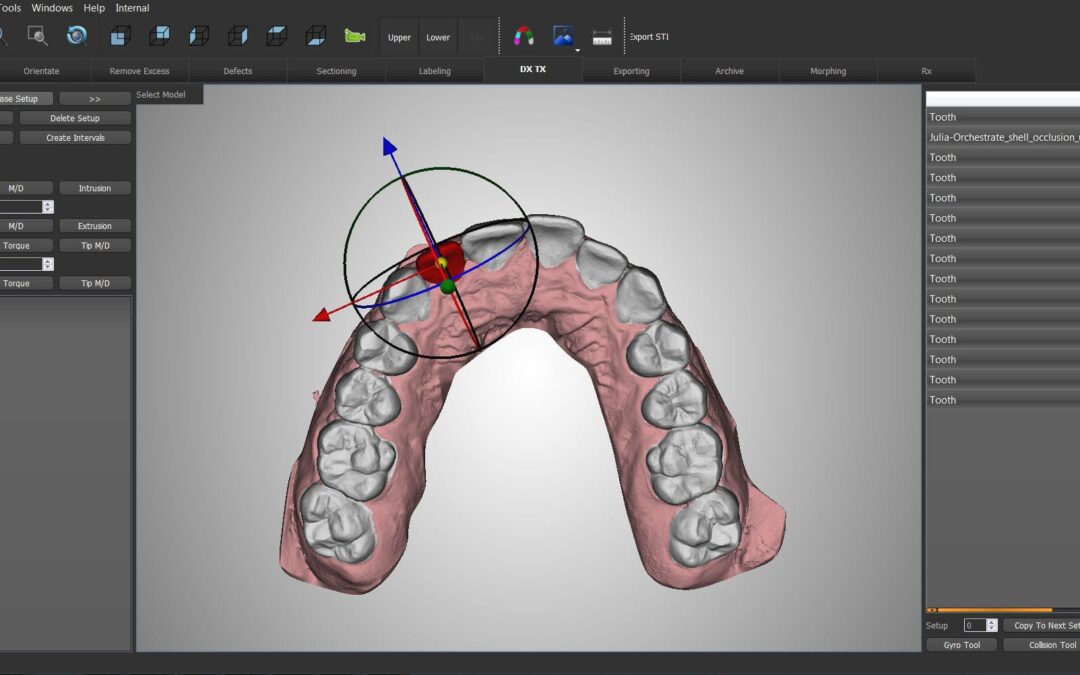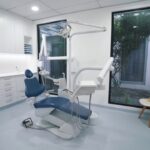Straightening teeth has come a long way since the days of metal braces and headgear. With the advent of orthodontic software, dental professionals can now provide faster, more efficient and accurate treatments for patients looking to achieve perfectly aligned teeth. But what exactly is this software used for? In this blog post, we’ll explore everything you need to know about orthodontic software: from its features and benefits to how it’s transforming the field of dentistry. So whether you’re an aspiring dentist or simply curious about modern dental innovations, read on!
What is Orthodontic Software?
Orthodontic software is used to manage and monitor the progress of patients undergoing orthodontic treatment. It can be used to track the movement of teeth, plan treatment, and communicate with patients and caregivers. There are a number of different orthodontic software programs available, each with its own unique features and benefits.
Different Types of Orthodontic Software
There are many different types of orthodontic software available on the market today. Each type of software has its own unique set of features and benefits. Here is a brief overview of some of the most popular types of orthodontic software:
1) Orthodontic treatment planning software: This type of software is used by orthodontists to create customized treatment plans for their patients. It includes tools for visualizing how teeth will move during treatment, predicting the final result, and designing custom appliances.
2) patient education software: This type of software is designed to help patients understand their treatment options and make informed decisions about their care. It includes educational videos, animations, and interactive quizzes.
3) 3D printing software: This type of software is used to create custom 3D-printed braces and other orthodontic appliances. It allows for the design of highly customized devices that can be made quickly and cheaply using additive manufacturing technology.
4) Virtual reality simulations: This type of software uses virtual reality technology to give patients a realistic preview of what their smile will look like after treatment. It can also be used for training new orthodontists in dental simulation.
Pros and Cons of Orthodontic Software
Orthodontic treatment planning software is a computer program used by orthodontists to digitally simulate the movement of teeth and then data is imported into the digital smile design software. This allows the orthodontist to create a customized treatment plan for each patient and predict the outcome of treatment with accuracy. There are many different types of orthodontic software available, and the Orthodontic Software: What Is It Used For? blog article provides an overview of some of the most popular programs.
There are several advantages to using orthodontic software for treatment planning. First, it is much faster and more efficient than traditional methods of treatment planning, which can save time and money. Second, digital simulations are more accurate than manual methods, so patients can be confident that their treatment will be successful. Third, orthodontists can use the software to create custom treatments that are specifically tailored to each patient’s individual needs.
There are also some drawbacks to using orthodontic software. One downside is that it can be expensive to purchase and maintain the necessary hardware and software requirements. Additionally, some patients may feel uncomfortable about having their teeth manipulated digitally rather than manually by an orthodontist. Finally, there is always the potential for error when using any type of computer program, so patients should be sure to discuss all risks and benefits with their orthodontist before starting treatment.
How to Use Orthodontic Software
Orthodontic software is used to manage patients’ records, create treatment plans, and design braces and other appliances. Treatment planning involves creating a digital model of the patient’s teeth and jaws, which can be used to simulate different treatment options. Orthodontists use this software to communicate with dental laboratories about the specifications for custom-made appliances.
Alternatives to Orthodontic Software
There are many alternatives to orthodontic software on the market today. Some of the most popular include:
Invisalign: Invisalign is a clear aligner system that is used to straighten teeth. It is an alternative to traditional braces, and it can be used for both adults and teens. ClearCorrect: ClearCorrect is another clear aligner system that is used to straighten teeth. It is an alternative to traditional braces, and it can be used for both adults and teens. retain24: Retain24 is an online retention management system that helps orthodontists manage their patients’ retainers. retain24 helps orthodontists stay organized, track patient progress, and communicate with patients about their retainer care.SmileDirectClub: SmileDirectClub is a teledentistry company that offers at-home teeth straightening kits. The kits come with everything you need to straighten your teeth at home, and you can choose from a variety of payment plans.
Each of these alternatives has its own set of benefits and drawbacks, so it’s important to do your research before choosing one for your orthodontic practice.
Conclusion
Orthodontic software is an invaluable tool for orthodontists, allowing them to provide a higher level of care and accuracy in their treatments. Surely orthodontic software will play a vital role in the future. By keeping track of patient data and providing accurate records, orthodontic software increases efficiency and accuracy while decreasing errors. With the use of this type of software, orthodontists can ensure that every patient receives the best possible treatment plan tailored to their individual needs.













